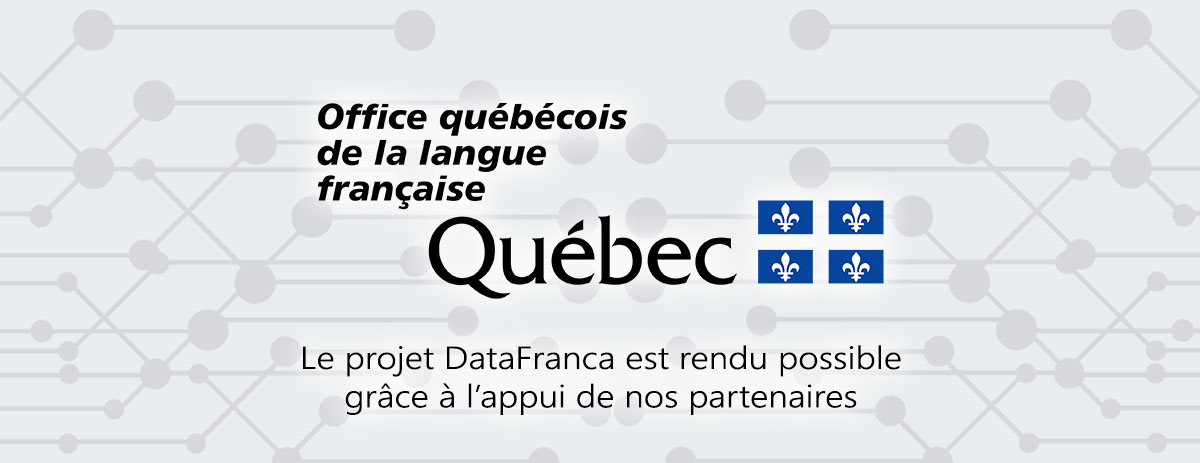Behavior tree
en construction
Définition
Français
Anglais
Behavior tree
(artificial intelligence, robotics and control)
A Behavior Tree (BT) is a mathematical model of plan execution used in computer science, robotics, control systems and video games. They describe switchings between a finite set of tasks in a modular fashion. Their strength comes from their ability to create very complex tasks composed of simple tasks, without worrying how the simple tasks are implemented. BTs present some similarities to hierarchical state machines with the key difference that the main building block of a behavior is a task rather than a state. Its ease of human understanding make BTs less error prone and very popular in the game developer community. BTs have shown to generalize several other control architectures.[1] [2]

Contributeurs: wiki






